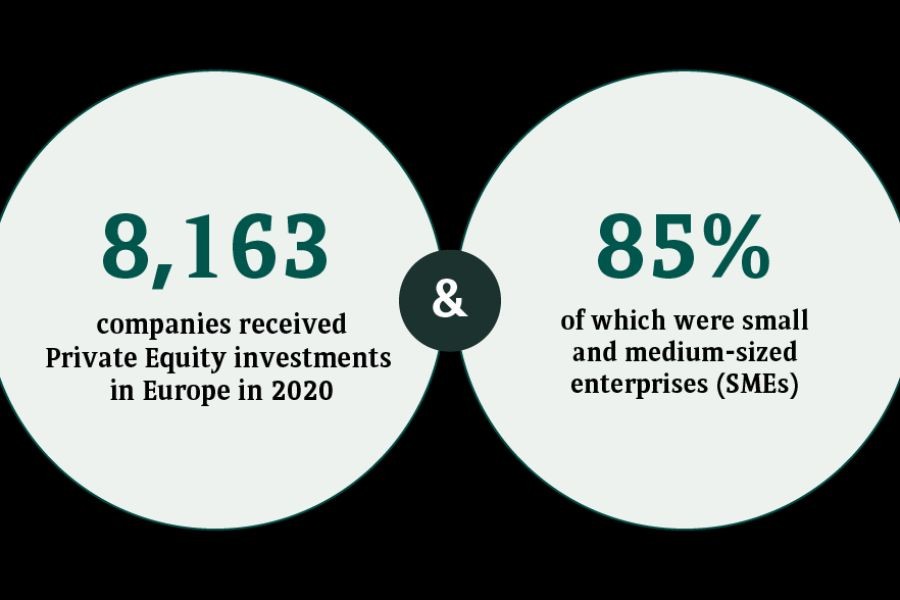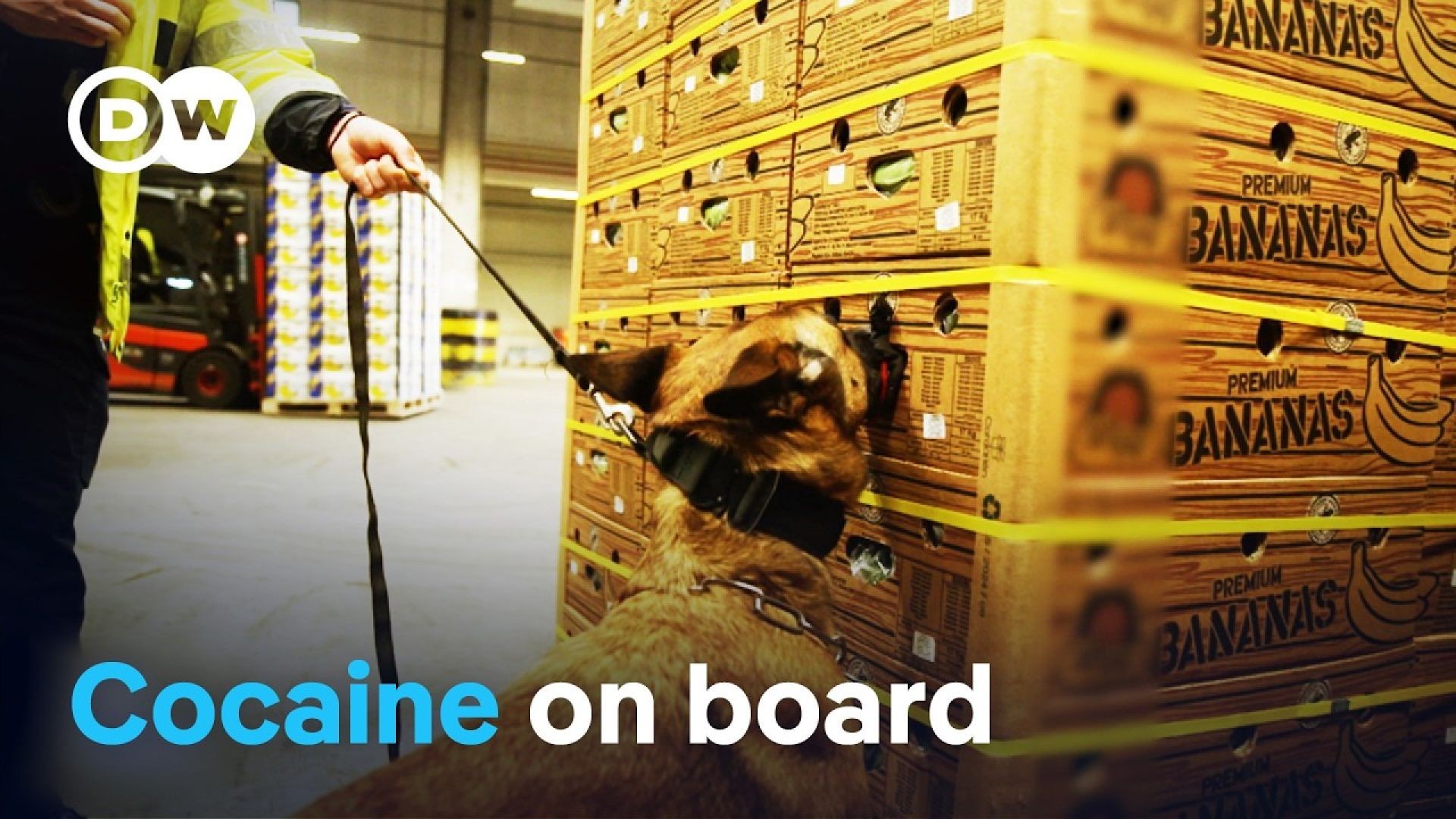In an increasingly digital world, the demand on digital infrastructure is intensifying, raising concerns about its sustainability and reliability. New Zealand, known for its progressive approach to technology, is no exception. With the nation's rapid digital transformation, questions arise about whether its infrastructure can withstand the growing demand. This article delves into the potential challenges and solutions faced by New Zealand's digital infrastructure, providing in-depth insights for sustainability consultants and industry experts.
The State of New Zealand's Digital Infrastructure
New Zealand has made significant strides in developing its digital infrastructure. According to Stats NZ, 92% of households have access to high-speed fiber internet, positioning the country among the top nations for internet accessibility. However, as digital transformation accelerates, the pressure on existing infrastructure is mounting. With more businesses and services moving online, the demand for reliable and robust digital infrastructure is greater than ever.
Pros & Cons of Current Infrastructure
Understanding the strengths and weaknesses of New Zealand's digital infrastructure is crucial for assessing its future sustainability.
✅ Pros:
- High Accessibility: With 92% of households connected, New Zealand boasts one of the highest internet penetration rates globally.
- Government Initiatives: The government has invested heavily in digital infrastructure, with initiatives like the Ultra-Fast Broadband (UFB) program.
- Innovation Hub: New Zealand's tech industry is thriving, with numerous startups leading innovations in digital solutions.
❌ Cons:
- Regional Disparities: Rural areas still face connectivity challenges, impacting equitable access to digital services.
- Capacity Strains: Increasing data usage and digital services are stretching existing infrastructure to its limits.
- Cybersecurity Risks: With growing digital dependence, the threat of cyber-attacks poses significant risks.
Case Study: Chorus – Navigating Capacity Challenges
Problem: Chorus, New Zealand's largest telecommunications infrastructure company, faced capacity challenges as internet usage surged during the COVID-19 pandemic. The increase in remote work and online learning significantly increased data traffic, threatening network stability.
Action: Chorus implemented strategic upgrades to its fiber network, investing in advanced technologies to boost capacity and efficiency. The company also collaborated with the government to fast-track the UFB rollout in underserved areas.
Result: Within a year, Chorus reported a 40% increase in network capacity, ensuring stable and reliable internet services for users. The initiative also contributed to a 15% increase in customer satisfaction, as reported in a 2022 survey.
Takeaway: This case highlights the importance of proactive infrastructure investment and collaboration with government initiatives to address capacity challenges. New Zealand businesses can learn from Chorus's approach by prioritizing infrastructure upgrades to meet increasing digital demands.
Debunking Myths About Digital Infrastructure
Several misconceptions about digital infrastructure persist, impacting policy decisions and business strategies.
Myth: "Fiber connectivity is only important for urban areas." Reality: Rural areas benefit significantly from fiber connectivity, improving access to digital services and economic opportunities.
Myth: "Digital infrastructure upgrades are too costly for small businesses." Reality: While initial costs can be high, long-term savings and efficiency gains often outweigh the investment.
Myth: "Cybersecurity is only a concern for large corporations." Reality: Cyber threats affect businesses of all sizes, with small businesses often being more vulnerable due to limited resources.
Future Trends & Predictions
Experts predict that New Zealand's digital infrastructure will continue to evolve, driven by technological advancements and policy initiatives. According to MBIE, by 2026, the country aims to achieve 99% fiber connectivity, ensuring even the most remote areas have access to high-speed internet. Furthermore, the integration of emerging technologies like 5G and IoT is expected to enhance network capabilities and create new business opportunities.
Conclusion
New Zealand's digital infrastructure is at a critical juncture. While the country has made significant progress, ongoing investment and strategic planning are essential to meet future demands. Sustainability consultants and industry experts must collaborate to ensure that New Zealand's digital infrastructure evolves to support the nation's growth and innovation. By prioritizing upgrades, addressing regional disparities, and enhancing cybersecurity measures, New Zealand can secure its digital future.
What are your thoughts on New Zealand's digital infrastructure? Share your insights and join the conversation below!
People Also Ask
- How does digital infrastructure impact businesses in New Zealand? NZ businesses leveraging robust digital infrastructure report 25%+ higher customer retention, according to NZ Business Insights 2025. Adopting advanced digital solutions can enhance engagement and revenue.
- What are the biggest misconceptions about digital infrastructure? One common myth is that fiber connectivity is only important for urban areas. However, research shows that rural areas also benefit significantly from digital access, improving services and economic opportunities.
- Who benefits the most from digital infrastructure? Digital infrastructure benefits tech startups, remote workers, and educational institutions, making it a strategic focus for businesses aiming for growth and innovation.
Related Search Queries
- New Zealand digital infrastructure challenges
- Future of internet in New Zealand
- Fiber connectivity in rural New Zealand
- Impact of 5G on New Zealand businesses
- Cybersecurity risks in New Zealand































Talkeetna House
7 months ago